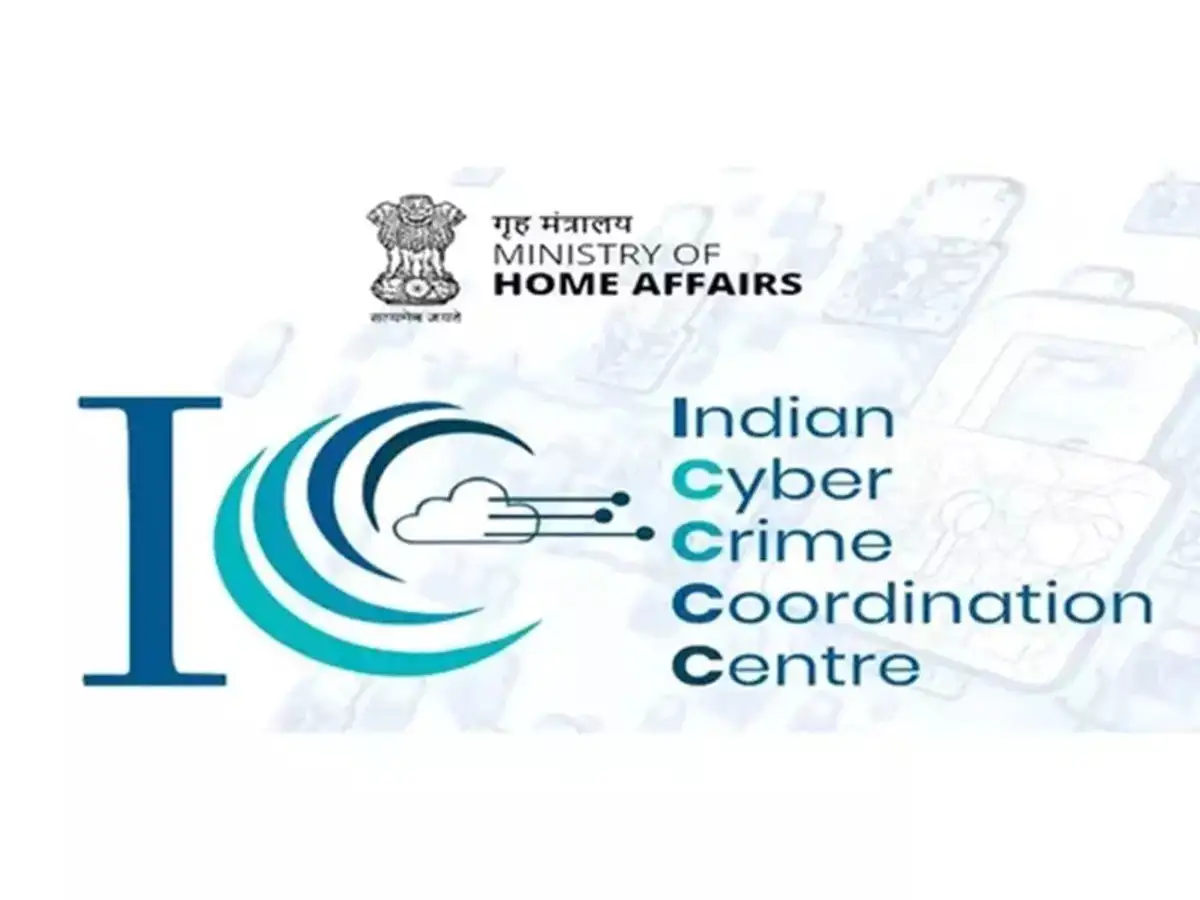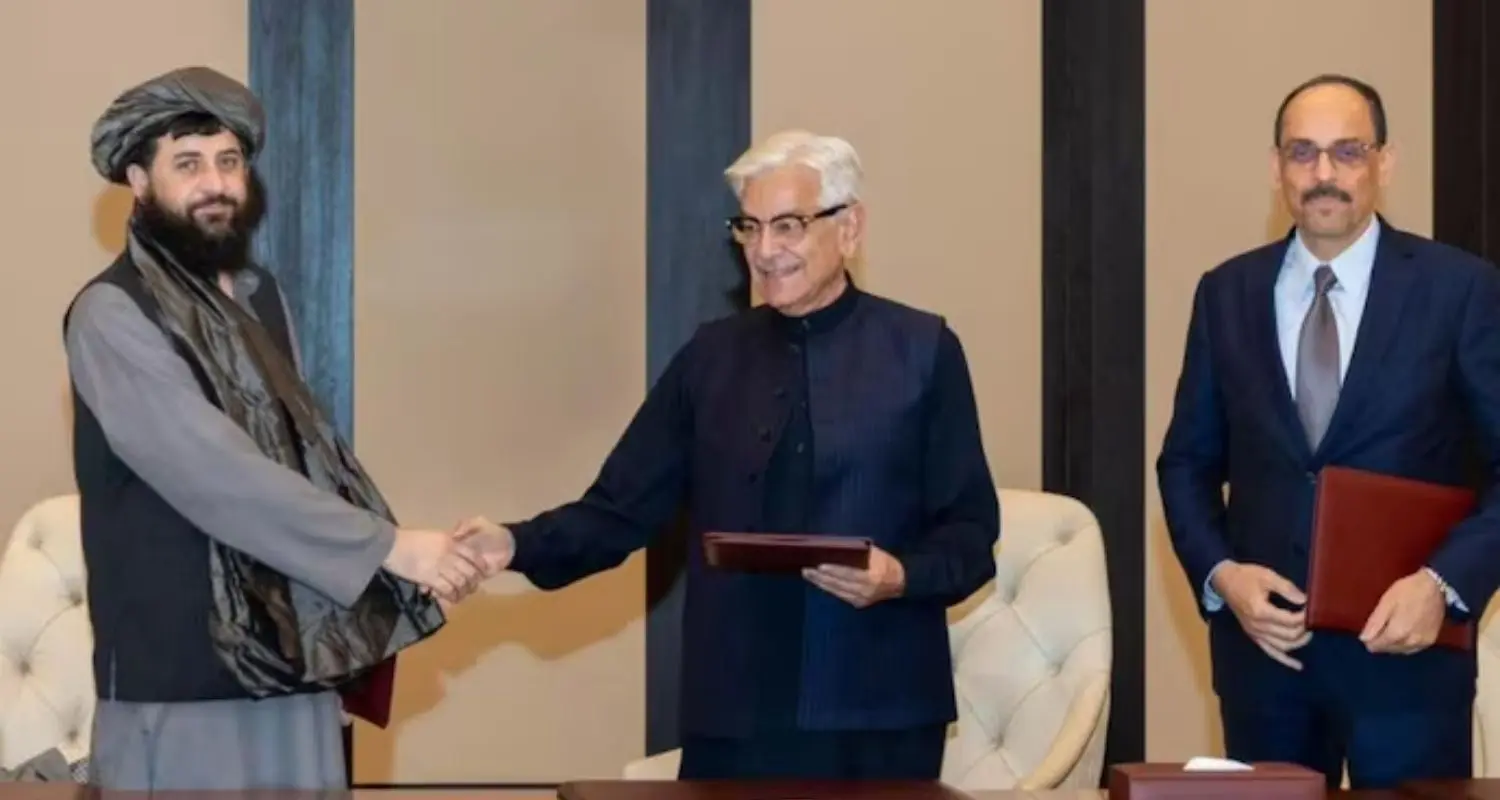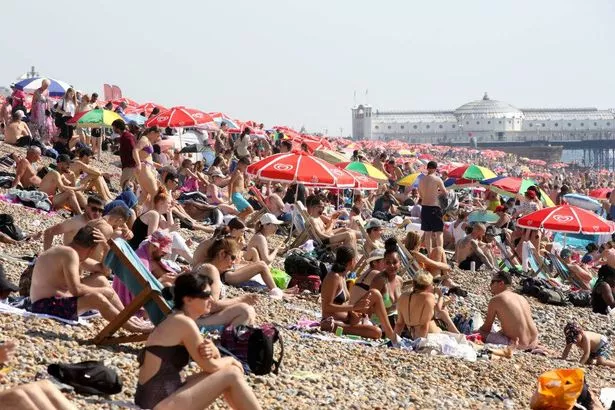CEC and ECs to Visit Bihar on October 4-5 to Review Poll Preparedness
- byAman Prajapat
- 03 October, 2025
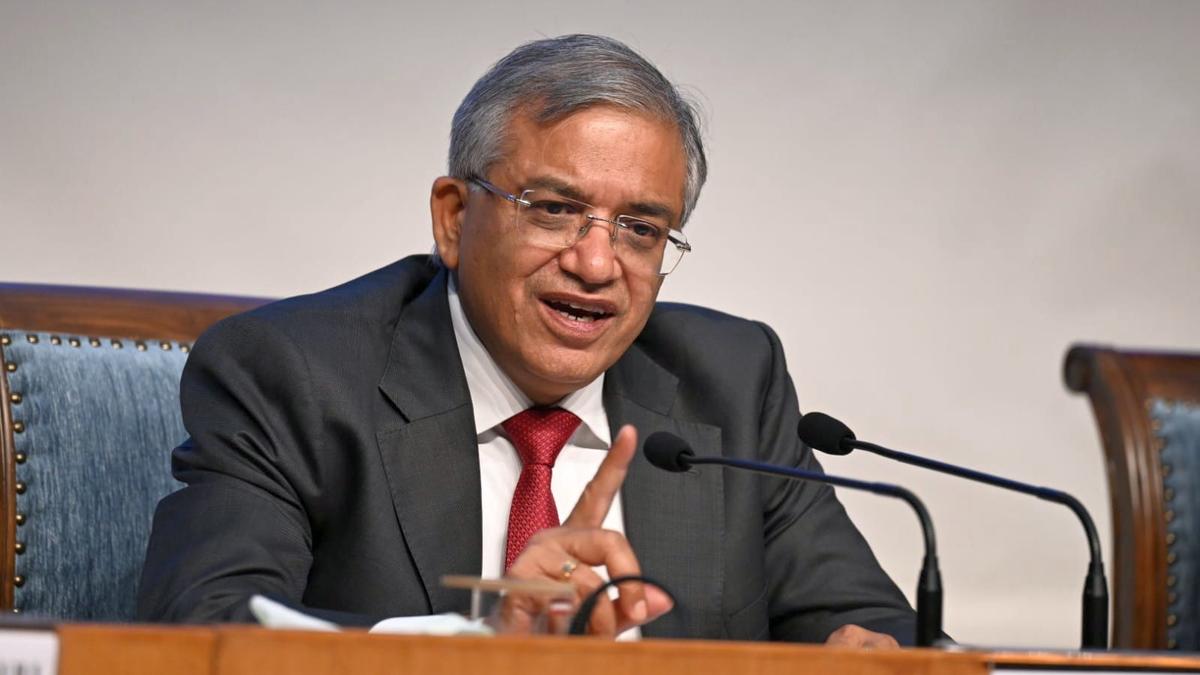
In the corridors of democracy, where ballots whisper of power and governance, a solemn mission approaches. The Election Commission of India (EC) has announced that Chief Election Commissioner Gyanesh Kumar alongside Election Commissioners Vivek Joshi and S. S. Sandhu will descend upon Patna, Bihar, on October 4 and 5, to take stock of the state’s poll preparedness.
This visit is not mere formality. It is ritual and reckoning, a moment when administrative bones are tested, plans laid bare, and promises weighed in public gaze.
Why Bihar, Why Now?
Bihar’s 243-member Legislative Assembly is approaching the end of its term, which concludes on November 22. lections are widely expected to be held later this October into November.
Before the EC outlines the official election schedule, it is customary — and critically necessary — for its top brass to cross-check ground reality. This two-day Bihar mission is precisely that: a hands-on assessment of whether the state machinery is aligned, whether security is robust, whether the electoral rolls are sound, and whether any gaps remain.
It’s common practice for the poll authority to visit states in advance of announcing poll dates, to ensure credibility and to reassure all stakeholders.
What Will the Visit Involve?
Over these two days, the commission’s agenda is likely to be dense:
Meetings with the Chief Electoral Officer of Bihar and state election officials, administrative leadership, and the police hierarchy.
Review of logistical preparations: polling booths, staff training, materials, communication, security deployment, and transport. (Implicit in typical poll readiness reviews)
Scrutiny of the final electoral roll, which is being published soon after the Special Intensive Revision (SIR) exercise.
Interaction with political parties and stakeholders, to listen to concerns, demands, objections, or demands for clarity.
Possibly, inspection of sensitive zones, border regions, or areas with past incidents, to check whether police and paramilitary deployment is adequate. (Though not explicitly detailed in current reports, such review is standard practice)
Assessment of Central Armed Police Forces (CAPF) deployment and coordination with the Ministry of Home Affairs (MHA).
In fact, officials have already flagged that the MHA has directed deployment of CAPF companies, around 500 companies initially and 120 additional companies for area control, with the induction to be completed by October 5.
The Electoral Roll, Observers & Controversies
One of the fulcrums of this visit will be the Special Intensive Revision (SIR) of the voter list in Bihar. This process, done after a gap of over two decades, is nearing its conclusion, with the final electoral roll scheduled to be published by September 30.
But the SIR has drawn fire. Opposition parties have charged that millions of legitimate voters may be disenfranchised, alleging bias or manipulations. The EC has countered these claims, insisting that no eligible person will be left out, and no ineligible entries allowed.
To monitor fairness on the ground, the EC has already appointed 470 central observers for Bihar and for by-elections in several states. The observer pool includes senior officers from IAS, IPS, IRS, and related services.
On October 3, the EC is expected to brief these observers — general, police, and expenditure observers — ahead of the Bihar visit.
Stakes, Challenges & Signals
This visit matters more than optics. It is a signal — to parties, to citizens, to state machinery — that the top election authority is watching, demanding transparency, accountability, readiness. It underscores that polls are not just counting days but mobilizing forces, testing trust.
But challenges lurk:
If the EC finds gaps in security or logistics, timelines may be adjusted, or additional resources mandated.
The opposition may intensify legal or political protest, especially about the SIR.
Any discrepancy in voter lists or security deployment may become controversial, used as fodder for allegations of unfairness.
The timing is tight — the assembly’s term ends November 22 — so decisions made (or delayed) now will ripple through the election schedule.

What Could Follow
If all goes well, after the October 4–5 visit, the EC may move to announce the poll schedule — possibly within days — laying down phases, dates, notification deadlines. Media and political watchers expect that the visit will set the stage for declaration of the election timetable.
Campaigning, nominations, security deployment, and all electoral machinery would then swing into full gear. The EC’s inspection visit is the overture to that complex production.
Note: Content and images are for informational use only. For any concerns, contact us at info@rajasthaninews.com.
जयपुर मे सोने और चां...
Related Post
Hot Categories
Recent News
Daily Newsletter
Get all the top stories from Blogs to keep track.




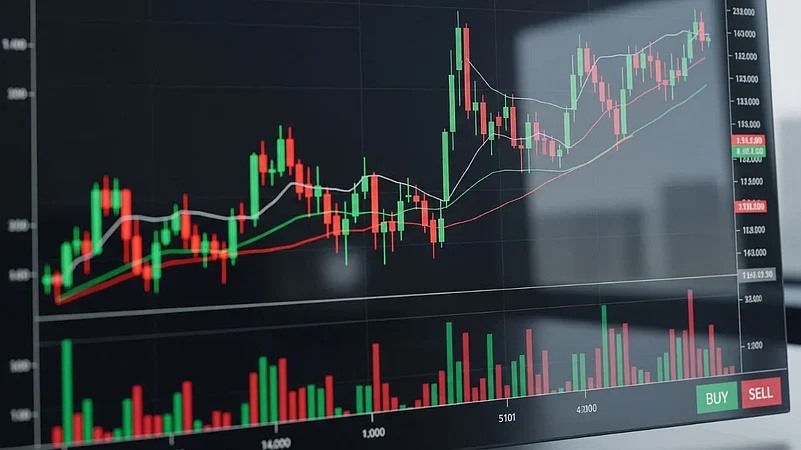
_1760523955.png)

